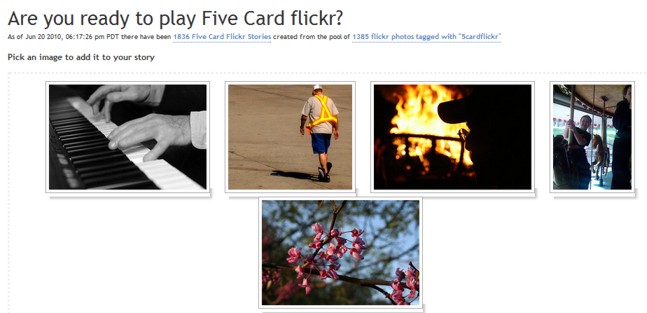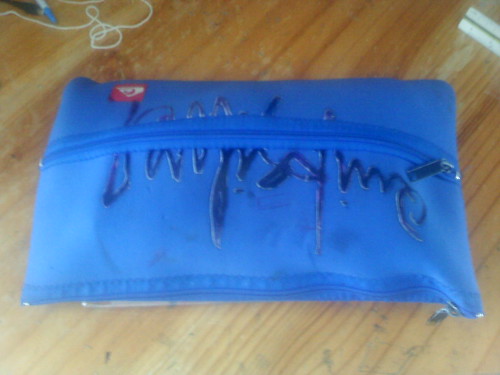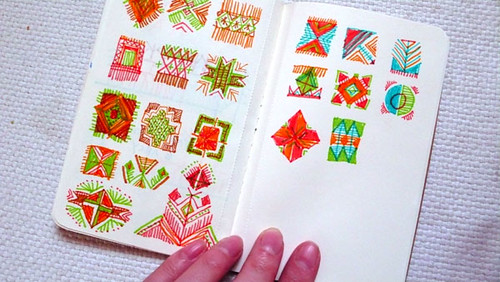Everything has changed since information became available to all on the internet. Not so much changed as exploded. When something explodes, it shatters into countless pieces which means the whole we used to know needs to be re-examined. Why are we still looking at the old ways of teaching, the old focus of our instruction, fellow teacher librarians? Yes, more than ever, our job is to help students learn how to manage this information explosion. Hence, information literacy is still a major focus for our instruction. But let’s expand our vision, let’s analyse that newly reconstructed whole to see what other literacies we need to teach – we need to learn in order to be able to teach. Digital literacy, network literacy.
[youtube=http://www.youtube.com/watch?v=e0I13tKrxcA]
I found this video on the Fair use and info ethics page on the NECC Library Learning Tools BYOL Smackdown wiki set up by Joyce Valenza, Cathy Jo Nelson, Karen Kliegman, Wendy Stephens, and Keisa Williams at the National Educational Computer Conference in Washington, D.C. 2009.
There is a wide range of skills covered in this wiki for teacher librarians, including the traditional information literacy/fluency as well as Digital Citizenship. In a way, digital citizenship is an extension of information literacy. If information literacy is about learning to navigate the whole information package online, then digital citizenship is learning how to behave online, how to responsibly work with and create from what is available online. All educators are responsible for teaching digital citizenship but teacher librarians are certainly well placed since they are already experts in the management of information.
Why stop at research skills when you can equip students to behave responsibly and ethically as they use digital content to view, create and remix?
I recommend you browse the many and varied aspects of this wiki. Fellow teacher librarians, isn’t it exciting to have such a broad and challenging role!

 Photo courtesy of the State Library of New South Wales on
Photo courtesy of the State Library of New South Wales on Photo by
Photo by 
 Photo courtesy of
Photo courtesy of 








 Roberto Bernardi, La Tavolozza , 2010, oil on canvas, 22 x 30″
Roberto Bernardi, La Tavolozza , 2010, oil on canvas, 22 x 30″
